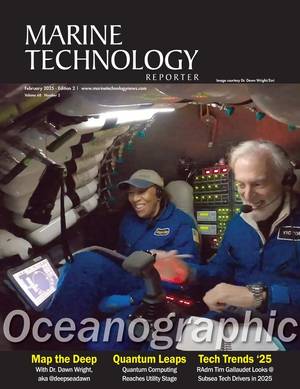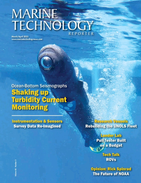Mooring Research Makes Waves with EcoSPRAY Tidal Platform
The work is part of a Natural Resource Canada ecoEnergy Innovation Initiative (NRCan ecoEII) funded project that is helping to reduce the cost of instream tidal energy through the development of comprehensive site assessment methods and technologies. The project is led by Dr. Richard Karsten of Acadia University and focuses on tidal energy site assessment using numerical models and innovative oceanographic monitoring methods. Key project partners include:
- Acadia University Dynamic Systems Analysis Ltd.
- Fundy Tidal Inc.
- Dalhousie University
- University of New Brunswick
Tidal power generation projects are developed to effectively harness high-energy tidal flows while targeting cost-effective maintenance and minimal environmental impact. It is important to understand the effects of wind, current, and waves on dynamic platform motion and mooring systems in early stage engineering design of the projects.
The EcoSPRAY platform was collaboratively designed and built by DSA, Fundy Tidal, and local suppliers Clare Machine Works (Meteghan, NS) and Bear River Plastics (Cornwallis, NS). The experiment includes state of the art equipment to measure motion, mooring line loads, wind speeds, tidal currents, and wave conditions. The platform is equipped with a drag plate to simulate the thrust created by an underwater turbine.
“Large scale multi-megawatt projects using floating platforms are being discussed in the emerging tidal industry for the Bay of Fundy in Nova Scotia. Expertise and experience with the deployment of these systems, the longevity and loading of their moorings, and characterization of the environment are needed to ensure the success of the projects. This test is being used to generate critical validation data for the tidal energy industry, which it can use to move forward with reduced risk.” says Dean Steinke, co-founder and Director of Operations at Dynamic Systems Analysis.
The EcoSPRAY is named after the famous Joshua Slocum vessel, the Spray, in which Slocum became the first man to sail single-handedly around the world. The local significance includes Slocum spending a portion of his childhood growing up in Westport, an extended visit to Brier Island prior to crossing the North Atlantic in his around the world journey, and the use of the Spray II passenger ferry to deploy the mooring blocks for the EcoSPRAY. The platform will collect data in the Grand Passage into April 2016.
Project partners hope that the platform can be used for future research into all aspects of tidal energy, including: environmental monitoring, marine mammal observation and ocean engineering.


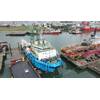
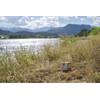
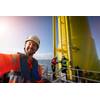
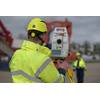
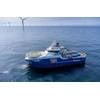





 February 2025
February 2025
